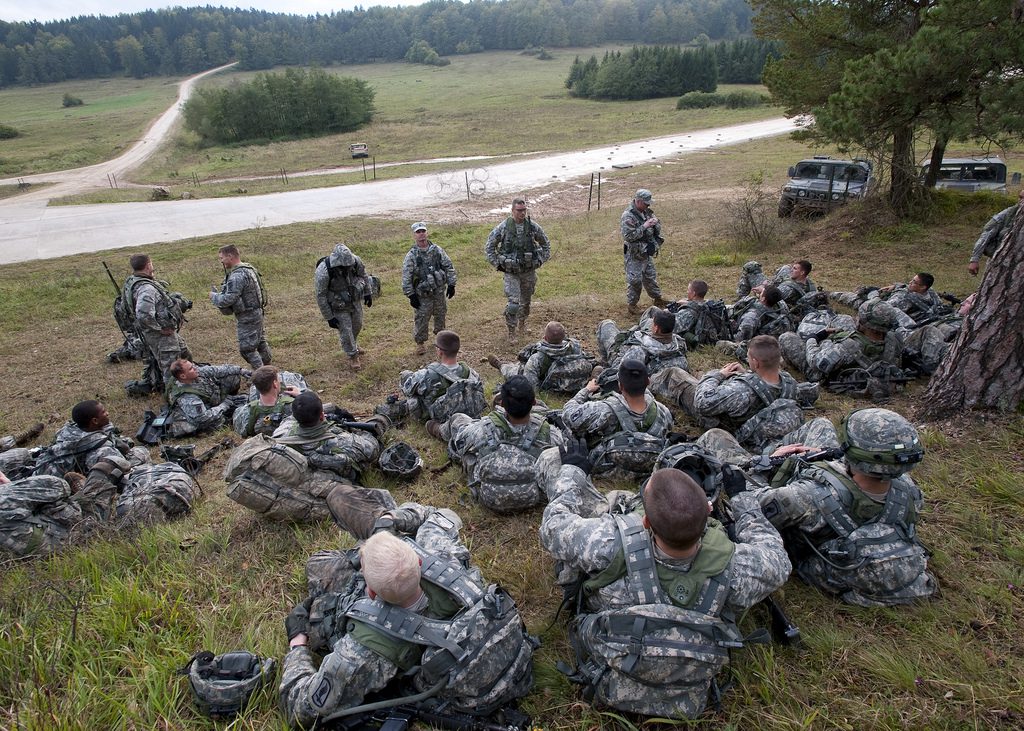After Action Reviews – or AAR’s. I see them a lot on blogs and forums. People post their “AAR” of whatever product or experience they came in contact with. You typically see AAR’s on a tactical hard or soft goods and even pistol or rifle courses. This is fairly appropriate as the AAR has it’s roots as a military practice. However, most of these writings are really product reviews labeled as an AAR in an attempt to appear “in the club”. These well meaning write ups often misrepresent the end goal of a real AAR.
Sometimes, in order to describe what something is, we have to identify what it’s not.
The AAR is a tool used by leadership to improve the effectiveness of the team they lead. As the name implies, this review process takes place after the particular action has already taken place. The AAR is actually a four step process. It really is worthy of a class all to itself so we won’t be discussing how to conduct one in this article. However, we can learn from it’s basic principles. The AAR is for the benefit of the team or teams involved. It is not necessarily for those outside of that group, though we can certainly learn from the experiences of others. In order to have meaningful participation in the AAR process, you have to understand the plan that was to be carried out.
You can’t do that if you don’t know what the plan was! If you weren’t there, you don’t actively participate.
Along that note, it’s very tempting to identify what you would have done differently and how it would have changed the outcome to a more positive one. It’s very tempting to play Armchair General. A word of caution to that – your opinion likely matters very little, since you weren’t privy to the particular Operations Order that preceded whatever event you are critiquing. Your review of a situation is always tricky if you weren’t there. Even if you were, be careful. I’ve been in firefights where the guy at the other end of the line 30m away had a completely different story to tell compared to what I did. Just look at the two different accounts of the raid against UBL and those guys were practically shoulder to shoulder.

It’s easy to say what you would have done, but you didn’t experience the same thing – that’s impossible. You can use it to stimulate thought and reflect internally on how you might bring about improvement.
Now, that doesn’t mean we can’t learn from the experiences of others. We most certainly can and that is encouraged. That is a different process though and is rather personal. You are most certainly entitled to your opinion on a particular event in history. However, the AAR is most decidedly not one’s opinion. One of critical tasks for an AAR facilitator is to steer emotion out of the discussion unless it was absolutely vital in the decision making process that followed.
The AAR is about redemption and positive reinforcement for the next time. It is not a medium by which to point fingers and place blame. Anyone who facilitates a real AAR will squash this type of behavior immediately.
Storytelling is a powerful way to convey an experience. The AAR should be a safe place to share your viewpoint on the operation. Be honest, be concise. Tell your story, but be sure to make it pertinent to the rest of the group. Telling the group how awesome your reload was isn’t helpful – unless you are confirming the effectiveness of training you received. Neither is telling the group how awfully they conducted a battle drill – unless you specifically rehearsed that before hand. There is a balance you must find.
With the right leadership, an AAR can be an effective tool for continuous improvement. In the wrong hands, it’s used to place blame. It can be used by anyone from little league coaches to corporate executives. What’s important is, regardless of what review tool you choose to use, be sure that it’s done for the betterment of the group – not to absolve the leader from the responsibility. If a leader isn’t there to be a servant those under his command, no review tool including the AAR can help.
